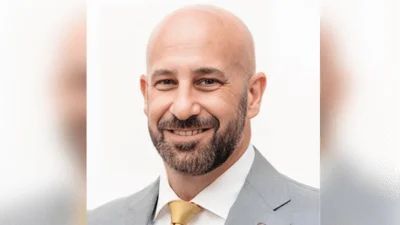4 breast cancer signs you should know | Flickr by Marco Verch Professional
4 breast cancer signs you should know | Flickr by Marco Verch Professional
Most women know they should periodically check their breasts for lumps. The presence of unexpected lumps can sometimes be a sign of breast cancer. But finding an unexpected lump isn’t the only symptom of cancer women should be aware of.
There are what we know as atypical symptoms that every woman should know about. Being aware of these symptoms, in addition to completing self-exams for lumps, can increase your chances of noticing possible cancer symptoms early. Early detection is an important element of successfully treating cancer.
If you have any questions about changes in your breasts, check with your health care professional.
Here are four additional cancer symptoms all women should be aware of:
- A rash or dimpling of the breast skin: The skin may feel scaly or thicker than your skin does otherwise. It might dimple and, in some cases, the skin may take on the texture of an orange peel.
- Swelling of the breast: This could be the outward appearance of a lump that can change the shape or size of the breast. The swelling may result in discomfort or pain in the swollen breast. About 6% of women in a recent study reported breast swelling.
- Nipple changes: The nipple can turn inward. This is called an inversion or retraction and can result from a growth in the breast changing its shape. About 7% of women diagnosed with breast cancer reported nipple changes.
- Nipple discharge: We’re talking about discharge that is not milk. Fortunately, most of the time, discharge is not a sign of cancer. But if you notice discharge, it’s best to go see your health care provider.
Diagnosing breast cancer
Your health care provider can discuss options for determining if there may be cancer tissue. That may include one or more of these tests:
Mammogram: This is an X-ray of the breast. A mammogram can often find a lump before it can be felt. Ask your health care professional how often you should have a mammogram.
Ultrasound or magnetic resonance imaging tests: These tests can give your health care professional more of a view of the breast tissue.
Biopsy: Your doctor will remove a small amount of breast tissue for inspection. This is the only sure way to tell if cancer is present. A pathologist will analyze the tissue to verify it is cancerous and determine the type of cancer.
Breast tissue test: Tests such as the hormone receptor test and HER2/neu test can help determine the best course of treatment if breast cancer is the diagnosis.
If you haven’t already had a conversation with your health care professional about your breast health, your next visit is a good time to start.
Original source can be found here.






 Alerts Sign-up
Alerts Sign-up